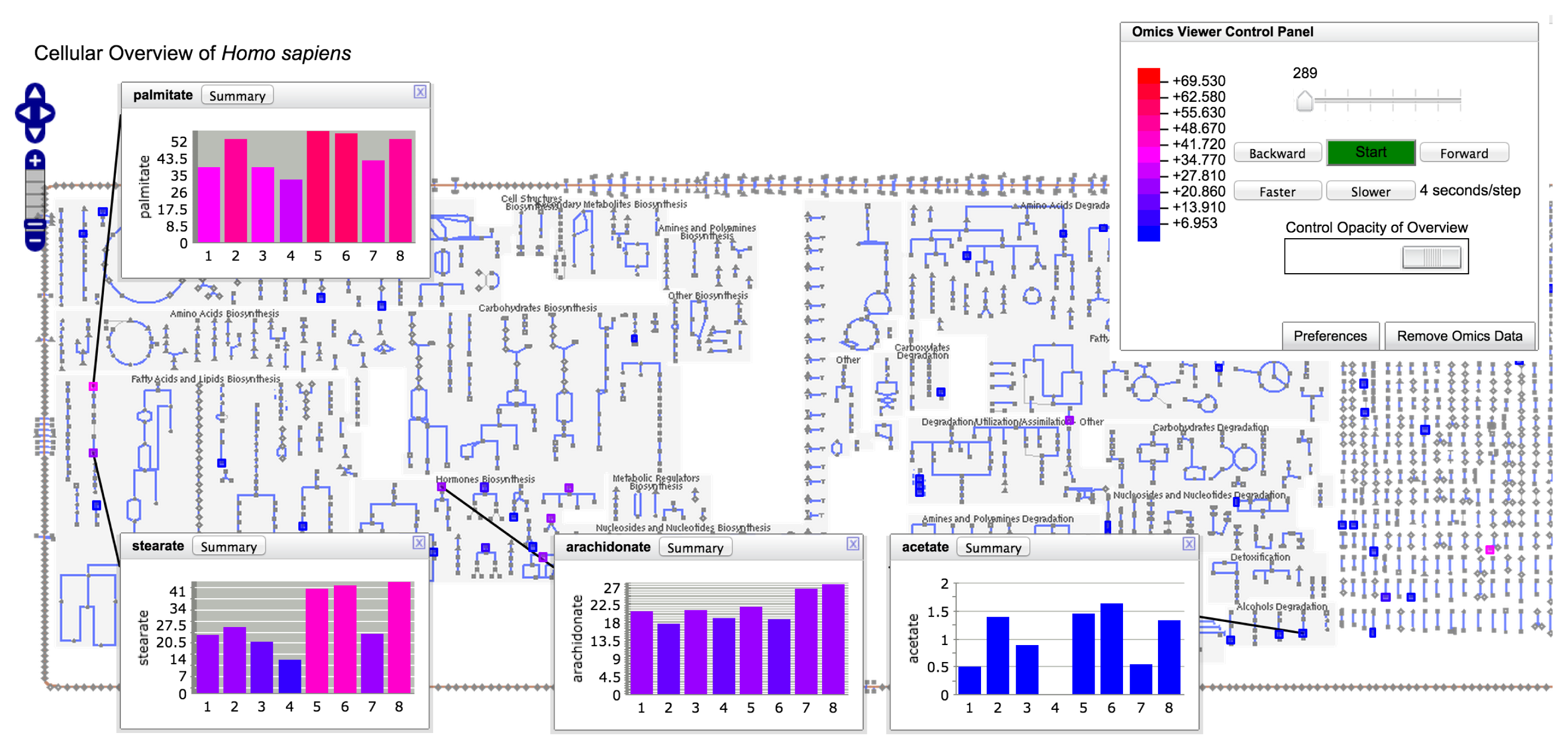
“We have a real understanding now that we didn’t have before about what is causing this hydrogen peroxide formation to happen,” said study senior author Richard Zare, the Marguerite Blake Wilbur Professor in Natural Science and a professor of chemistry in the Stanford School of Humanities and Sciences. Those additional findings suggest that water can transform into small amounts of reactive oxygen species, such as hydrogen peroxide, wherever microdroplets naturally form, including in fogs, mists, and raindrops, bolstering results from a related 2020 study. The new study further demonstrated that this process occurs in humid environments when water touches particles of soil as well as fine particles in the atmosphere. Pairs of these species known as hydroxyl radicals, and which have the chemical formula OH, can then combine to form hydrogen peroxide, H2O2, in minuscule but detectable quantities. Electric charge jumps between the two materials, liquid and solid, producing unstable molecular fragments called reactive oxygen species. The latest study has revealed that when sprayed microdroplets of water strike a solid surface, a phenomenon known as contact electrification happens. Researchers have since aimed to flesh out how the newfound reaction occurs, as well as exploring potential applications, such as eco-friendlier cleaning methods.


A new study has put a remarkable and unexpected chemical genesis on more solid footing.īack in 2019, Stanford University researchers and colleagues revealed the surprising discovery that hydrogen peroxide – a caustic substance used for disinfecting surfaces and bleaching hair – spontaneously forms in microscopic droplets of ordinary, benign water.


 0 kommentar(er)
0 kommentar(er)
